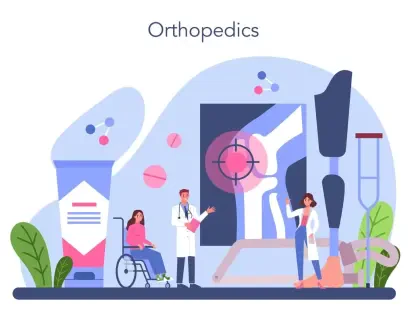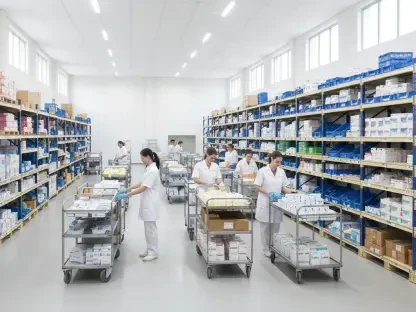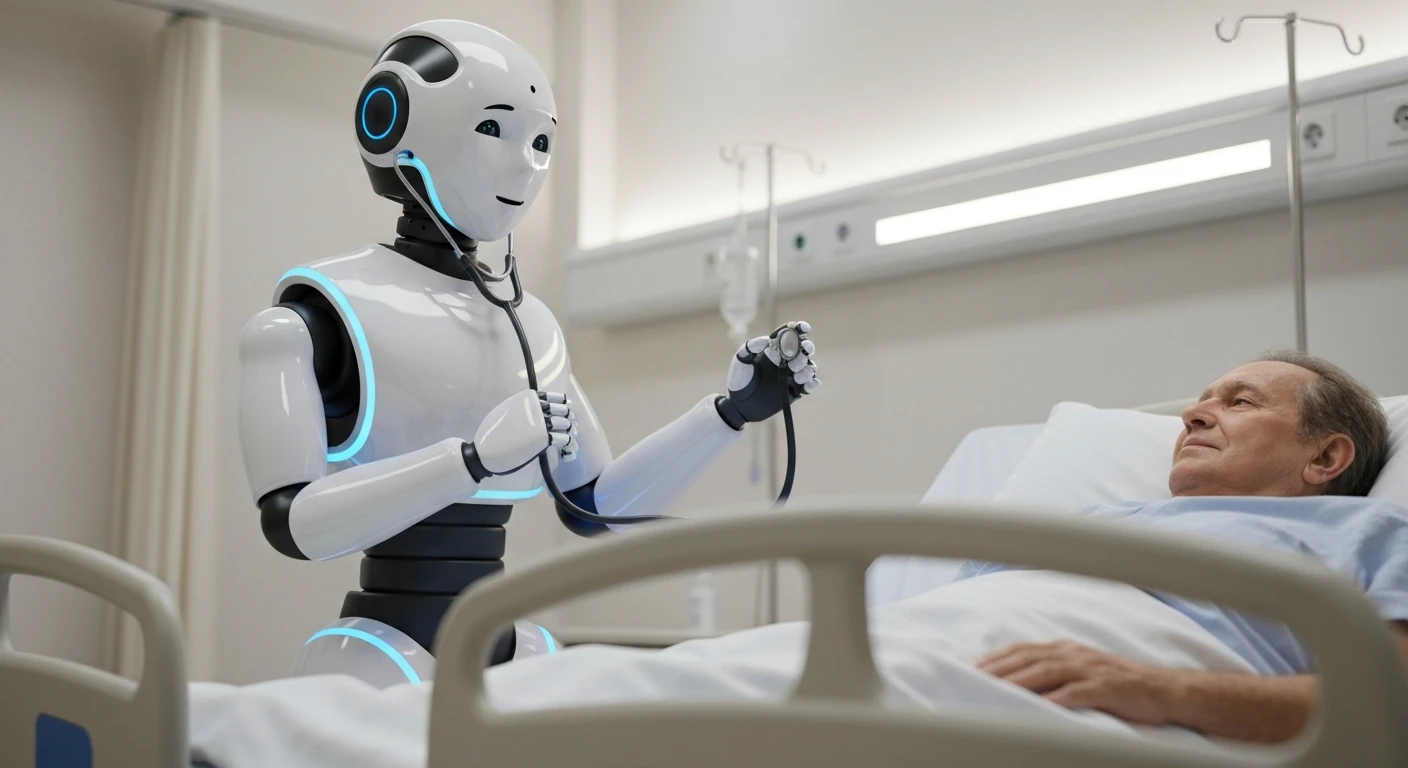The healthcare sector has made remarkable strides in medical and technological advancements, yet patient satisfaction remains a significant challenge. This article explores the potential of a Chief Experience Officer (CXO) to bridge this gap by drawing on concepts from the hospitality industry, which prioritizes customer experience and satisfaction.
The Importance of Patient Satisfaction Beyond Clinical Care
While excellent clinical care is essential, it is not the only determinant of patient satisfaction. Patients and their families value the quality of infrastructure and their interactions with healthcare staff. These non-clinical factors can significantly impact their overall experience and satisfaction with healthcare services. In many cases, a patient’s experience in a hospital or clinic can be dramatically affected by the attentiveness of the staff, the cleanliness of the facility, and the level of comfort provided during their stay. Thus, focusing solely on clinical excellence without considering these experiential elements is insufficient for achieving high levels of patient satisfaction.
Many healthcare institutions struggle to improve patient satisfaction because they focus primarily on clinical outcomes. However, addressing the human aspects of care, such as comfort, personalization, and emotional connection, is equally important. By recognizing and addressing these factors, healthcare providers can create a more holistic and satisfying patient experience. For instance, implementing practices that prioritize patient comfort and emotional well-being can lead to a more relaxed and positive experience for patients and their families. Healthcare providers must understand that satisfaction stems from more than just successful medical procedures; it encompasses all interactions and environments patients encounter during their care.
Challenges in Existing Patient Experience Projects
Despite numerous patient experience improvement projects, many fail to deliver the desired results. These initiatives often get stuck in the development stage due to the complexity of healthcare institutions. One of the main reasons for this failure is the lack of a central figure to coordinate and drive these projects effectively. Without a dedicated leader who has both the authority and the insight to oversee these projects, efforts can become disjointed and lose momentum.
Healthcare organizations need a dedicated leader who can oversee and integrate patient experience initiatives across various departments. Without such a figure, efforts to improve patient satisfaction can become fragmented and ineffective. This is where the role of a Chief Experience Officer (CXO) becomes crucial. A CXO can ensure that patient experience projects are systematically planned and implemented, addressing the unique needs of each department while maintaining a cohesive approach. By having a centralized leadership role, healthcare providers can better allocate resources, track progress, and make data-driven adjustments to their strategies.
The Role and Function of a Chief Experience Officer
The CXO is responsible for overseeing and improving both patient and employee experiences within a healthcare organization. This role involves centralizing efforts, ensuring employee fulfillment, and aligning organizational dynamics to prioritize patient and employee needs. The creation of a CXO position signifies a commitment to nurturing a supportive environment for both patients and staff, fostering a culture that values and prioritizes human experiences alongside clinical outcomes.
A CXO acts as a bridge across different departments, uniting them towards a common goal of enhanced human experiences. By focusing on both patient and employee satisfaction, the CXO can create a more cohesive and supportive environment that benefits everyone involved. Effective CXOs understand that satisfied employees are more likely to provide better patient care, leading to higher overall satisfaction. Thus, by addressing the needs of healthcare workers and ensuring their professional and personal fulfillment, CXOs can indirectly enhance the patient experience. This dual focus creates a symbiotic relationship where improvements in employee experiences lead to better patient outcomes and vice versa.
Skills and Knowledge Required for a CXO
To be effective, a CXO must possess a comprehensive set of skills, categorized into five main areas:
One key area is understanding hospital operations. A deep understanding of hospital operations is essential for a CXO to navigate the complexities of healthcare environments. This includes knowledge of patient flow, resource management, and the operational challenges that can impact patient and employee experiences. Additionally, high-performance leadership is crucial for bringing together diverse teams and driving patient experience initiatives. Effective leadership requires the ability to inspire, motivate, and align multiple departments towards common goals related to enhancing patient and employee satisfaction.
Data management is another critical skill for a CXO. Utilizing data for informed decision-making is vital for identifying areas of improvement and measuring the impact of patient experience projects. By leveraging data analytics, CXOs can make evidence-based decisions that fine-tune strategies for better outcomes. Furthermore, designing and implementing experiences is key to enhancing patient satisfaction. The ability to design meaningful and personalized experiences requires creativity, empathy, and a deep understanding of patient needs and preferences. Finally, pursuing service excellence is fundamental. Drawing inspiration from the hospitality industry, a CXO should strive for service excellence in all aspects of patient care, ensuring that every interaction is positive and contributes to overall satisfaction.
The Importance of Training and Preparedness
There is a noted lack of training programs specifically tailored for the CXO role in healthcare, contributing to the scarcity of this position. Specialized training is essential to equip professionals with the necessary skills to manage the unique challenges of patient and employee experiences in a hospital setting. Without proper training, even the most well-intentioned CXOs may struggle to implement effective strategies and may face difficulties in navigating the complex healthcare environment.
Healthcare organizations must invest in training programs that prepare CXOs to handle the complexities of their role. By doing so, they can ensure that these leaders are well-equipped to drive meaningful improvements in patient satisfaction. Institutions should develop comprehensive training curricula that cover operations management, leadership development, data analytics, experience design, and service excellence principles inspired by the hospitality industry. Additionally, on-the-job training and mentorship programs can provide practical experience and guidance, helping new CXOs adapt to their roles quickly and efficiently. Through such initiatives, healthcare organizations can cultivate a new generation of CXOs capable of making substantial contributions to patient and employee satisfaction.
Synergy Between Hospitality and Healthcare
Both the hospitality and healthcare industries revolve around meeting human needs, albeit with different approaches. Hospitality focuses on creating positive, memorable experiences, while healthcare emphasizes clinical outcomes and operational efficiency. However, there is significant potential for synergy between the two industries, particularly in enhancing patient satisfaction. By adopting practices commonly found in hospitality, healthcare providers can transform the patient experience in ways that clinical excellence alone cannot achieve.
By integrating principles from hospitality, such as comfort, personalization, and emotional connection, healthcare can significantly enhance patient satisfaction. This synergy can lead to more personalized, comfortable, and emotionally satisfying patient experiences, ultimately improving overall service quality. Simple changes, such as offering more comfortable seating in waiting areas, providing personalized care plans that take into account patient preferences, and training staff to communicate more empathetically, can make a substantial difference. Moreover, incorporating technology to streamline administrative processes and improve patient engagement can draw further inspiration from the efficiency models used in the hospitality industry.
Overarching Trends and Consensus Viewpoints
The healthcare sector has made incredible progress in both medical and technological advances; however, patient satisfaction continues to be a pressing issue. This article delves into the potential role of a Chief Experience Officer (CXO) in addressing this disparity by borrowing principles from the hospitality industry, which is known for its emphasis on customer experience and satisfaction. Healthcare institutions may find a way to enhance patient care and satisfaction by adopting these principles.
In healthcare, the focus has traditionally been on the quality of medical care and technological innovations. But despite these advancements, patient satisfaction scores often reveal that there is still much room for improvement. Patients frequently navigate a confusing and impersonal system, which can diminish their overall experience. This is where the role of a CXO could potentially transform the landscape.
A CXO in healthcare would focus on improving every touchpoint of the patient journey, from check-in to discharge. This role involves understanding patient needs, streamlining processes, and creating a more patient-centered environment. By learning from the hospitality sector’s approach to prioritizing guest experience, healthcare can adopt practices that ensure patients feel valued and cared for throughout their medical journey. The ultimate goal is to create a seamless, empathetic experience that enhances not just patient outcomes, but their overall satisfaction with the healthcare system.









